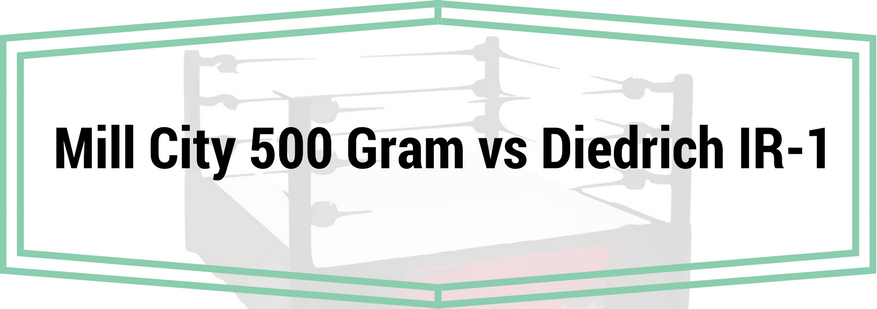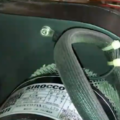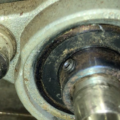Mill City 500 Gram vs. Diedrich IR-1
My quest to find the best home coffee roaster has led me to a choice between two roasters. In this post, I compare the Mill City 500 Gram vs. Diedrich IR-1. As mentioned in my previous post “Where to go after the Behmor”, I have established specific requirements my roaster should have. See the for easy reference. I began with a dozen or so lab/sample roasters and narrowed the field down to two. This should be easy right? Well, it actually was pretty easy. Comparing the Mill City 500 Gram vs. Diedrich IR-1 resulted in a world of difference. So, lets get down to the details here so we can move on and order a coffee roaster!
How I made my comparison
First, I researched each of these roasters on the web. Visiting their websites, reading forum posts and watching videos were a great help. I also spoke over the phone with both companies and asked questions about their machines. I didn’t hide the fact that I was comparing “sample roasters” and trying to decide what to purchase. I wanted to hear their best pitch, convincing me without a doubt that their roaster is the best choice for me. I reviewed my requirements list with the representatives and have shared the results below. As a disclaimer, I do not have any vested interest or relationships in either of these companies. I am simply sharing my experience as I try analyze the Mill City 500 Gram vs. Diedrich IR-1 Comparison, hopefully finding the best home coffee roaster for my needs.
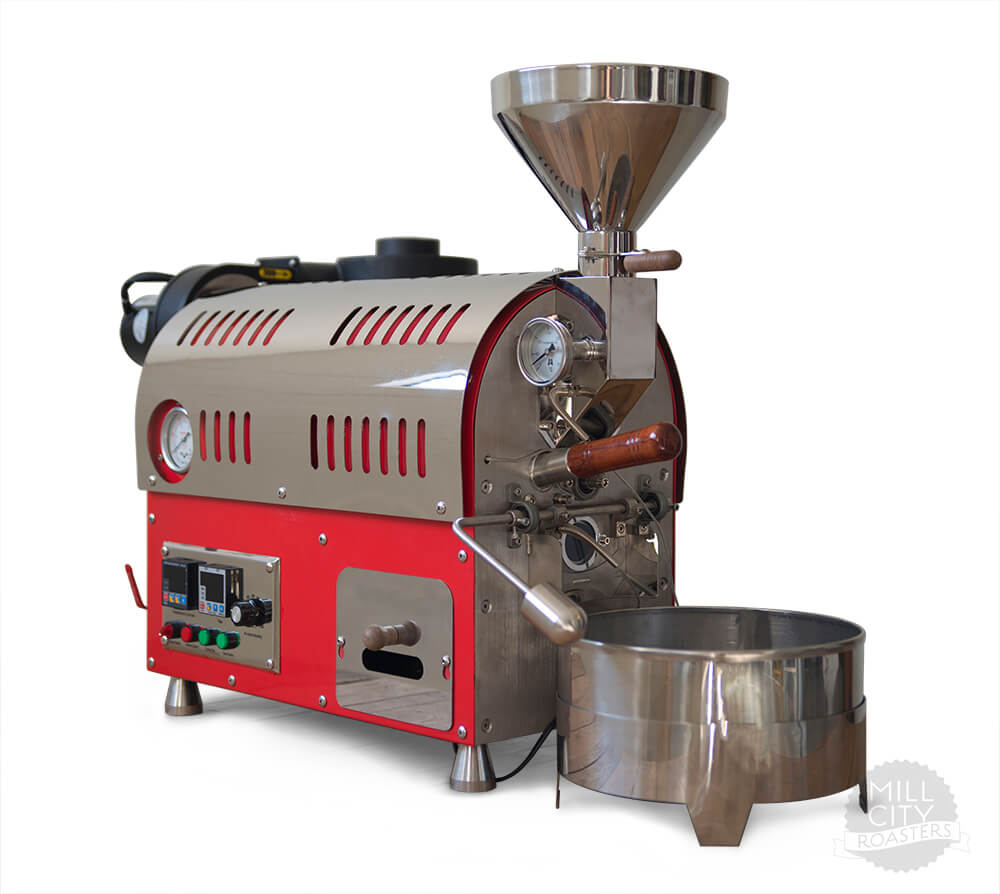
Image from millcityroasters.com
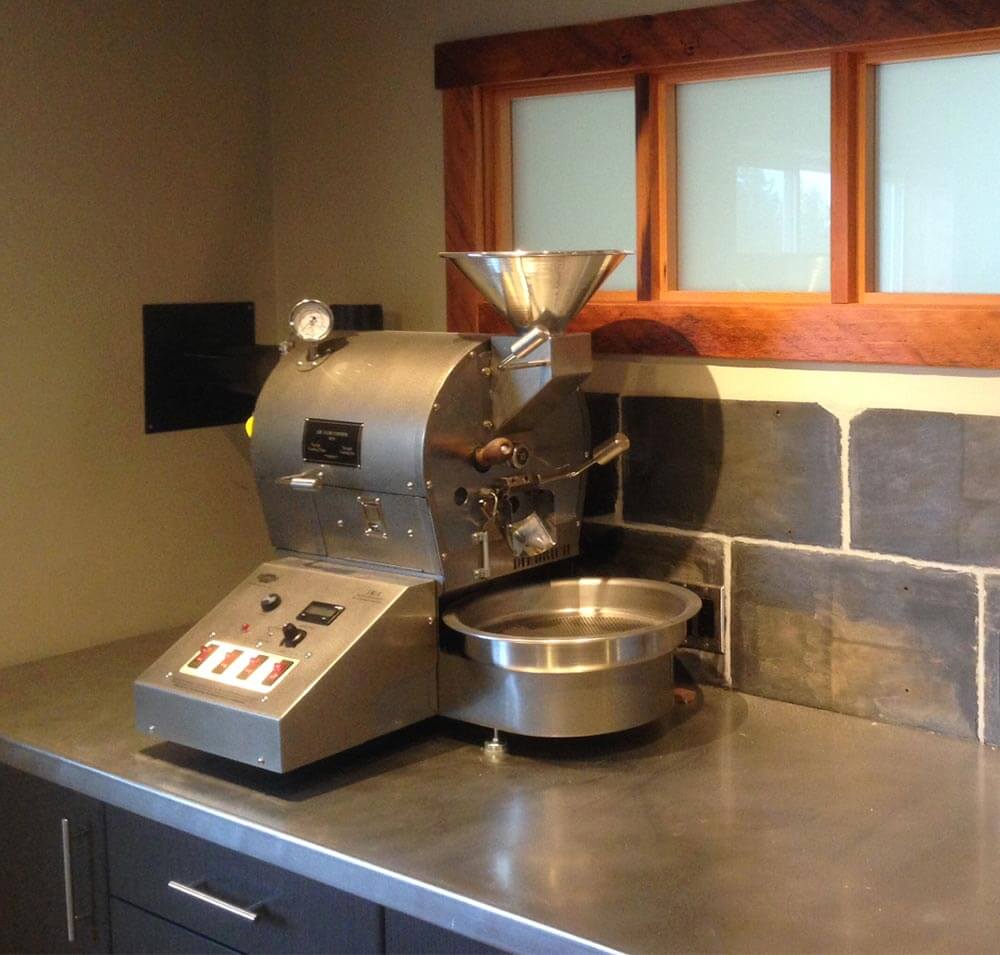
Image from diedrichrosters.com
Sold and serviced in the USA
There is a clear difference between Mill City’s 500 gram and the Diedrich IR-1. The Diedrich IR-1 roaster is manufactured here in the United States. Virtually all of the roaster and components are made in America. Service and support are also located there as well. Mill City doesn’t actually manufacture their roaster. North Coffee Roasters, located in China, manufacture their machines to Mill City’s specifications. Mill City is the USA distributor/representative for their roasters. Actually, their relationship is so close, Mill City works with North to improve and make design changes to their roasters. If there is ever a problem, Mill City offers their own warranty and provides the necessary service based out of Minneapolis, Minnesota. Both companies are a phone call away to offer service and support.
Drum Style Roaster that is variable speed
This is interesting. When I spoke with Diedrich the topic of adjustable speed drums came up. They said their IR-1 was not an adjustable speed drum. I was mistaken when I first made my comparison spreadsheet. Mill City’s 500 gram offers a variable speed drum and the Diedrich IR-1 does not. Drum speed helps keep the coffee moving and prevents scorching the beans during the roast process. Diedrich stated that their unique burner design reduces this concern. Drum speed is important because the speed can change the angle of decent (tumble angle). We want to keep the beans moving so they don’t get scorched. When a bean develops during the roasting process, it increases in size by as much as 50%. With larger volume in the drum, increasing the drum speed will help keep the beans rolling/moving. A static speed could present problems.
110v Power
I want to be able to plug my roaster into a 110v home wall outlet. Both Mill City’s 500 gram roaster and the Diedrich will do this. The Mill City roaster is setup to roast for 220v, 15 amp service but also includes a transformer that can be stepped down to 110.
Fueled by natural gas
Roasters from both companies can be fueled by natural gas. The Mill City 500 gram roaster comes ready to use propane but can easily been changed over to natural gas.
Adjustable air flow

Image from millcityroasters.com
There are some big differences between the Mill City & Diedrich roasters. Many roasters will share 1 blower that is used for both airflow inside the drum as well as the cooling bin. This is the case for the Diedrich roaster. That fan provides air for the roasting drum and cooling bin. Because there is only 1 fan, the IR-1 uses a three position lever to direct airflow. These are the 3 positions:
- 100% airflow to the roasting drum
- 50/50 airflow to the roasting drum and cooling bin
- 100% airflow to the cooling bin
The Mill City 500 gram roaster comes with 2 fan/blowers, one for the drum and one for the cooling tray. The drum blower is a variable speed which is really important for me. During the roasting process, airflow is used to control the “type” of heat/energy used to roast the beans. increasing the airflow will cause convection type heating. Using this feature at the right time can optimize your roast profile. Comparing the airflow feature with the Mill City 500 Gram vs. Dietrich IR-1 really showed me how feature rich the Mill City roaster really is.
Adjustable gas flow
Gas is regulated by a valve that is opened and closed which controls the amount of heat applied during the roast. It’s important to mention that these two roasters, while using the same fuel, use different technology to deliver the energy. Diedrich uses a ceramic grid which is heated up, providing infrared heat while the Mill City roaster uses a traditional dual flame burn to heat the drum. Some of my research shows how important it is to allow the roaster to heat up to a stable temp, including the drum, roaster walls etc.. This can easily be done with a traditional gas flame roaster. I do have some concerns regarding the use of infrared energy for roasting. My Behmor uses a quartz element which gives off an infrared type heat as well. I think I will have more control over my temperatures quicker with the Mill City 500 gram roaster. As far as the max output of energy, the Diedrich IR-1 can generate 8,000 BTU while the Mill City 500 Gram puts out 10,000. There is more horsepower in the Mill City Roaster.
Chaff collector
Both roasters include a chaff collecting system. When comparing the Mill City 500 Gram vs. Diedrich IR-1 chaff collector systems, it’s important to understand the importance of airflow. Without enough airflow, it is difficult to evacuate chaff completely from the drum and into the chaff collector. I can be assured that because of the variable airflow feature of the Mill City 500 gram roaster, chaff can easily be evacuated from the drum. The Diedrich roaster may do just fine with a fixed airflow system. I have no way to know if there is a problem although it is known that some (not necessarily Diedrich) roasters are known for lacking airflow enough to evacuate chaff from the drum.
Venting system
Neither manufacturer includes venting as part of a roaster purchase. They are optional items. Interestingly enough, Mill City has partnered with Nordfab Ducting Systems. These special quick connect duct systems are easy to maintain and appear to be quality products. Kits, planning guides, and specs are available to research on their website.
Data logging
Both Mill City 500 Gram and the Diedrich IR-1 offer the ability to data log. Mill City includes probes, already installed and ready to use while Diedrich offers their system as an accessory and they charge 2,000 dollars if you want it. The Mill City 500 gram comes ready to use with your favorite roast profile software.
Electric cooling tray
This is an exciting feature that most home roasters never get to use. When your coffee is roasted perfectly, you want to dump the roast and begin cooling as quickly as possible. Both roasters have an electric cooling tray. As mentioned earlier, the 500 gram from Mill City has a separate cooling fan built into the tray. The top of the tray is rotated by hand to spread the beans over the area. Cooling only takes a minute with the Mill City roaster. I’m sure it is equally fast with the Diedrich IR-1.
Price
When comparing the Mill City 500 Gram vs. Diedrich IR-1, there is a glaring difference. The Mill City 500 gram is 3,500 dollars while the Diedrich is over 10,000 dollars before accessorizing it. Yes, the Diedrich roaster is built in the United States by American workers. This is a great feature and for some, it is the most important. The Mill City roasters are manufactured in China. While talking with Mill City about this, they mentioned that they have known the family that manufacturers these roasters for years. Their roasters are designed by the owners of Mill City (Steve & Nick Greene) and manufactured to their specifications. Shipping cost is 250 dollars from Mill City while Diedrich charges 400 dollars. Both companies allow you to pick the color of your roaster.
My Choice
Based on my research, I placed my order with Mill City. It takes about 12 weeks to process, manufacture and ship the roaster. I am excited to roast using a real commercial sample roaster. There will be a learning curve as I transition from the Behmor to the Mill City drum roaster. Thankfully, Mill City has invested time and money publishing training videos to the coffee roasting community. While their products are highlighted in the videos, roasting theory and techniques are the main focus. Take a look at the Mill City Youtube Channel here. I have watched these videos and decided to visit Mill City and attend their introduction to roasting school. I will share my experience in a future post.
